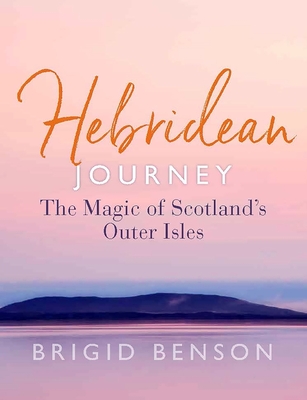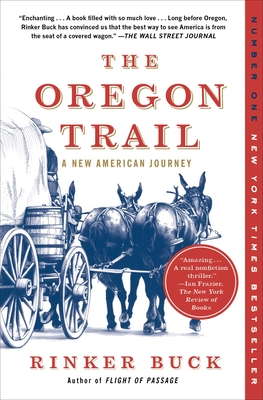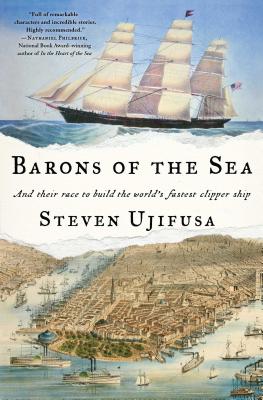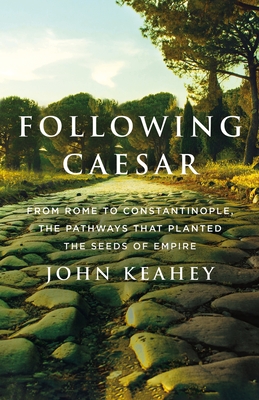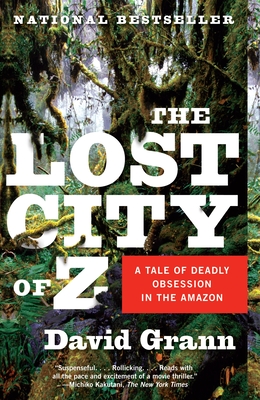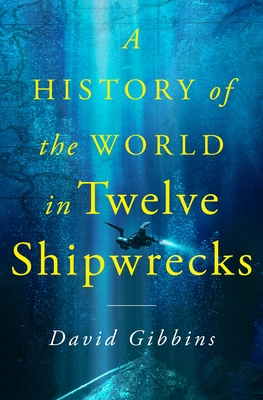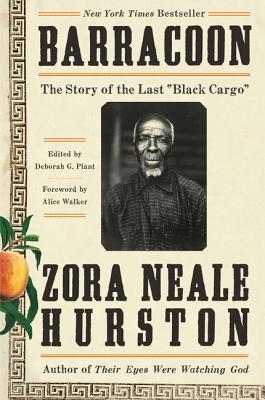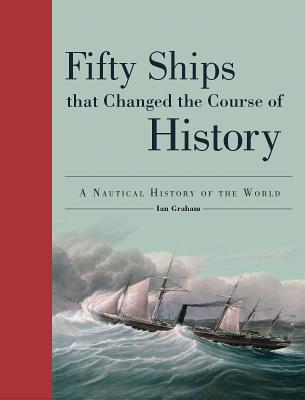
Fifty Ships That Changed the Course of History: A Nautical History of the World (Fifty Things That Changed the Course of History)
Description
From an ancient funeral ship to the Rainbow Warrior -- war, trade, science and pleasure on the open seas.
Fifty Ships That Changed the Course of History is a beautiful guide to fifty water vessels that played a key role in world history and had a great impact on human civilization. The book presents the ships chronologically, beginning with Pharaoh Khufu's Solar Barge from about 2566 BCE. The chapter includes a photograph of the reconstructed ship, discovered in 1954 near the Great Pyramid. Religious beliefs held that in the afterlife the pharaoh would need a ship to sail the cosmic waters of the sky with the sun god, Ra.
The book closes with another sun-seeking ship four thousand years later. The epitome of an ocean cruise ship, the MS Allure of the Seas is the biggest passenger ship ever built. An Oasis-class cruise ship, it is a destination in itself, complete with a Central Park-like oasis, 18 decks, 5,492 passengers, and a crew of 2,384.
Between these landmark vessels is a variety of ships used for all of mankind's needs, from hunters searching for food, traders with goods to barter and warriors bent on conquest, to explorers longing to see what lay beyond the horizon. Over time, the first small primitive watercraft evolved into bigger seagoing vessels, shaping our history, culture, and civilization along the way.
Some of the fifty ships are:
- USS Holland, the first successful submersible vehicle, built in 1897.
- USS Enterprise, the first of the nuclear-powered supercarriers.
- SS Torrey Canyon, source of the first big oil spill at sea.
- SS Ideal X, the first container ship, which revolutionized global trade.
- USS Missouri, the US Navy's last battleship and host to the ceremony that ended World War II.
- SS Normandie, which set new standards for luxury ocean transport.
- U-21, Germany's most deadly U-boat and the first to sink a ship and survive.
- RMS Lusitania, the luxurious ocean liner whose sinking forced America into World War I.
- Mayflower, whose passengers, the Pilgrim Fathers, sailed to America.
- Zheng He's Treasure Ships, seven great fleets of ships that reached Africa.
- The Trireme, a fine example of a pre-Viking Nordic vessel.
- Amistad, overtaken by its slave passengers.
- SS Great Britain, the first transoceanic ship.
- Bismark, one of the most powerful battleships of World War II, defeated by a biplane.
The concise text is highlighted by elegant reproductions, photographs, and sidebars, paintings, ship plans, quotes and photographs.
This attractive reference provides an innovative perspective on maritime and world history. It is an excellent selection for all collections.


